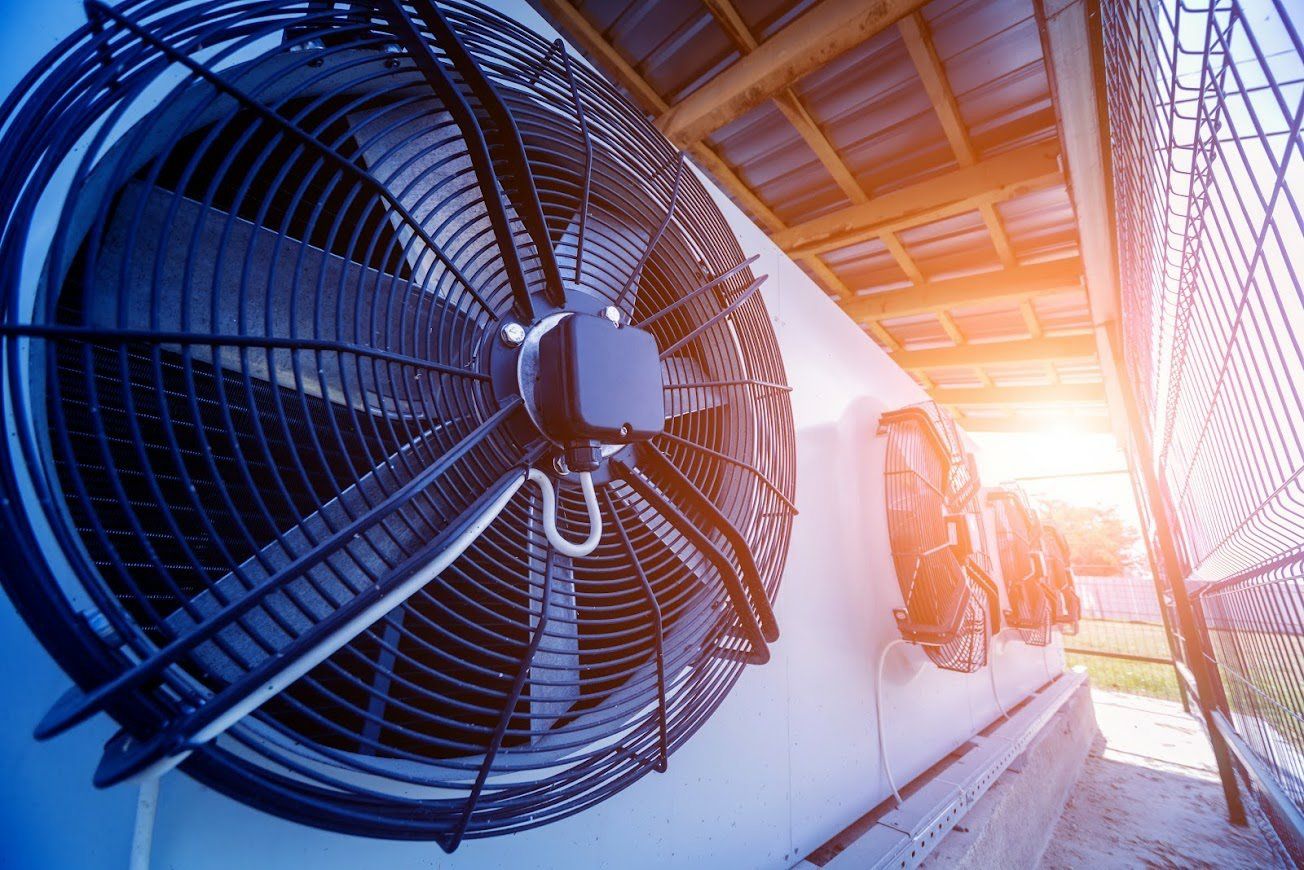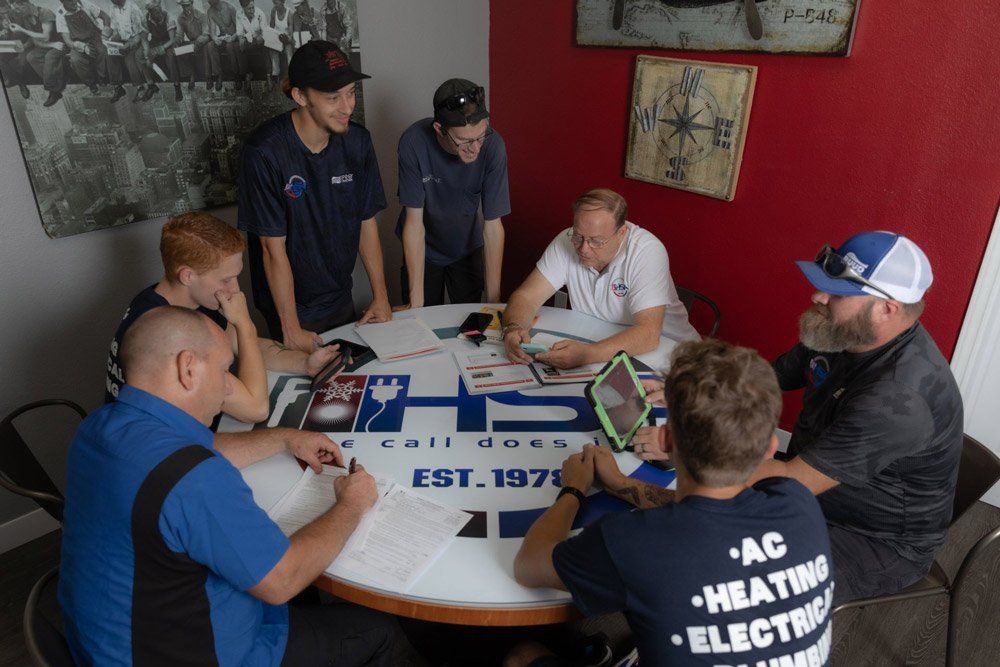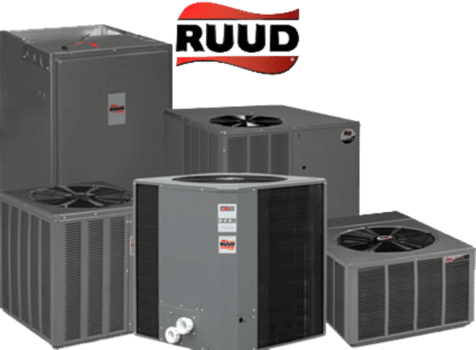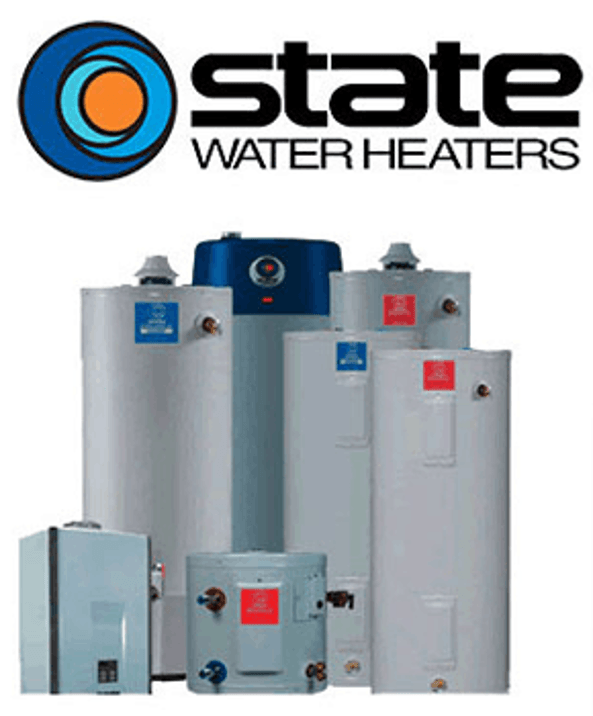Texas Weather and Heaters: What You Need to Know

Do you need a home heating system in Texas? In 2020 the average fall temperature in Fort Worth hovered above or well above 60 degrees Fahrenheit
, according to the National Weather Service. If your new home doesn't have central heating, take a look at what you need to know about the HVAC system, the local climate, and your options.
Is the Weather Always Warm In Texas?
Even though the fall in many parts of Texas is warm and comfortable, the winter temperatures may dip into the 40s or lower. A 40-degree day (or night) can quickly cool a home, making it uncomfortably chilly indoors.
Beyond the month-by-month temperature changes, Texas residents may also notice annual differences during both the fall and winter. While recent temperatures have stayed towards the warmer side of the spectrum, it is possible to have extreme cold in Texas.
According to the National Weather Service's historical statistics, Abilene set a record of nine below zero in 1947 and Austin hit two below in 1949. If the temperature should drop to anywhere near these record lows, you will need heat in your home.
Why Is Cold Weather a Problem?
A temporary cold snap may not seem like a big deal. But it can cause problems inside of your home. Without adequate heating, some of your home systems (or items inside of your home) are at risk. Frozen uninsulated pipes can burst, leaving your home flooded and subject to water and mold damage.
Along with frozen pipes, consistently cold temperatures can cause wooden, leather, and other sensitive materials to warp, splinter, or crack.
Cold indoor air temperatures pose more than a risk to your home. An unheated indoor environment is a health hazard. According to the University of Michigan, your body temperature can drop (hypothermia) when the temperature reaches 50 degrees Fahrenheit. If left untreated, hypothermia can cause loss of consciousness or serious medical problems.
Does Your Home Need a Central System?
How can you avoid cold-related home and health issues in Texas? The first step is to install a heating system. If you don't already have a heater, you need to contact an HVAC contractor. While space heaters and other similar portable options are affordable and don't require installation, these devices won't evenly heat your home and may pose fire risks.
Instead of a portable heater, talk to the contractor about the permanent options. The most common types of heating choices include forced air heaters, ductless mini-split heat pumps, radiant under-the-floor heating, and boiler systems.
If your home has an existing heater, make sure the system is in working order - especially if you've never used it or haven't used it in years. The technician can inspect the heater and related parts, such as ducts, air handlers, or a thermostat.
Which System Is Right for Your Texas Home?
There's no universal answer to this question. The type of heater you choose depends on several factors. These include:
- Air ducts. Does your home already have AC air ducts? An existing network of ducts makes it easy to install a forced-air heater. But if your home doesn't have ducts, you may need to explore other options (such as a mini-split system).
- Areas to heat. Do you use your entire home throughout the colder months? If there are rooms or spaces you won't use, consider the zoned heating of a mini-split system.
- Other heating accessories. Does your home have radiant pipes under the floors or radiators in the rooms? Even though you may not have used this equipment, the contractor can install a new system that relies on this type of water heating.
If cost is an issue, talk to the contractor about your options. Heaters are available at a variety of price points and can fit into many different budget ranges.
Do you need a new home heater? Contact Henry's Service All for more information.











